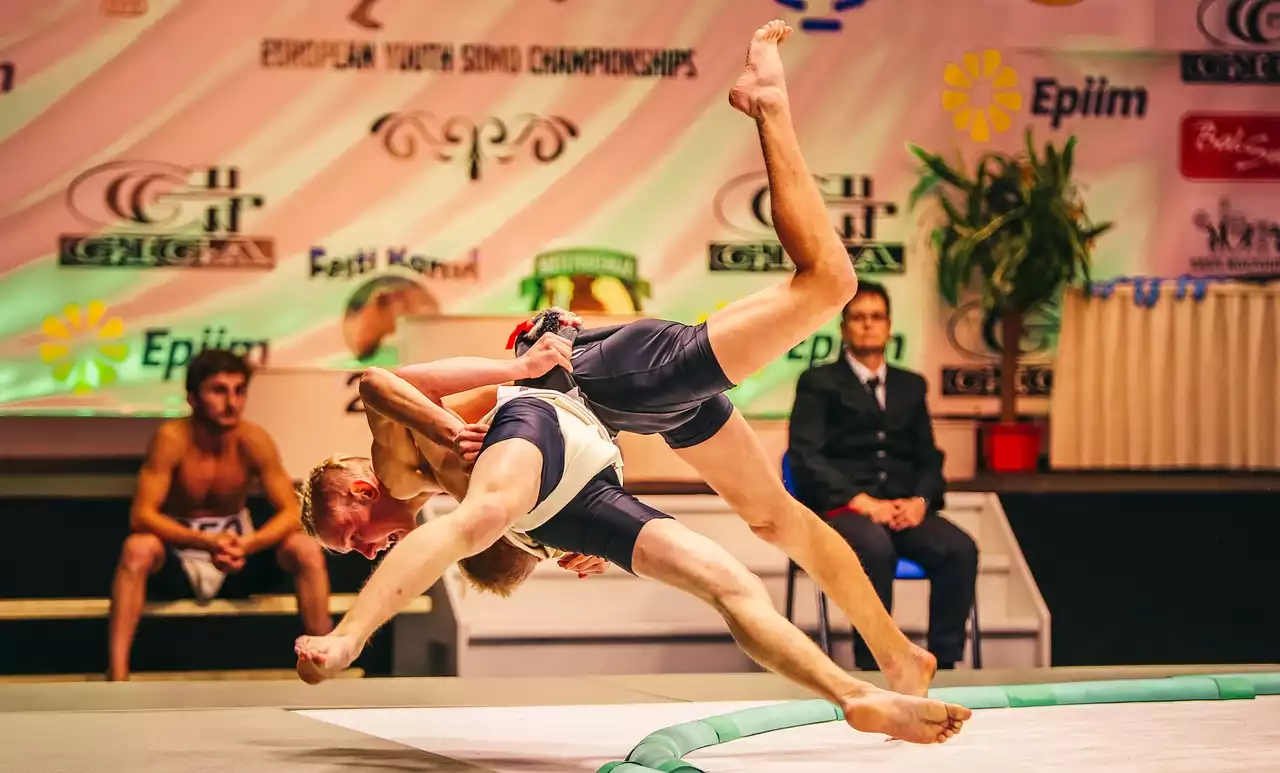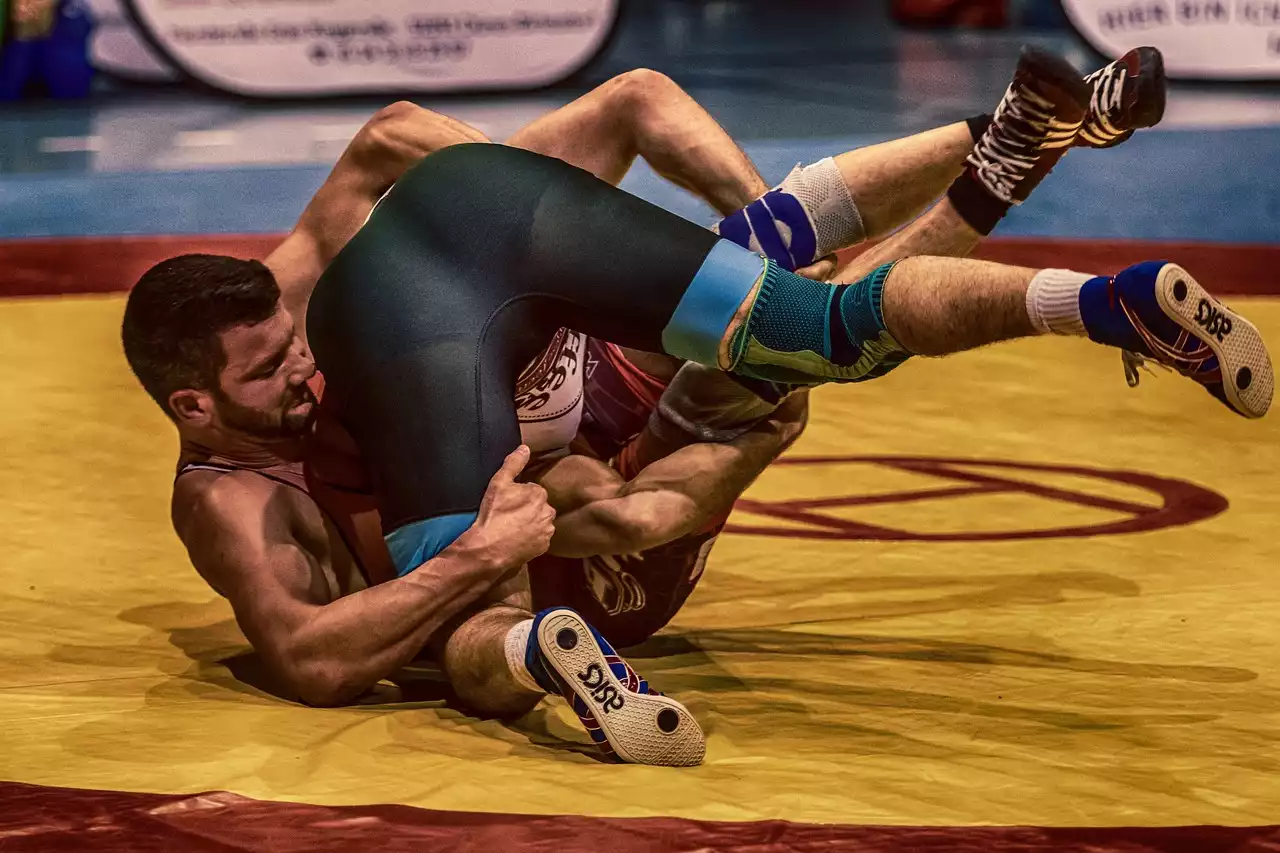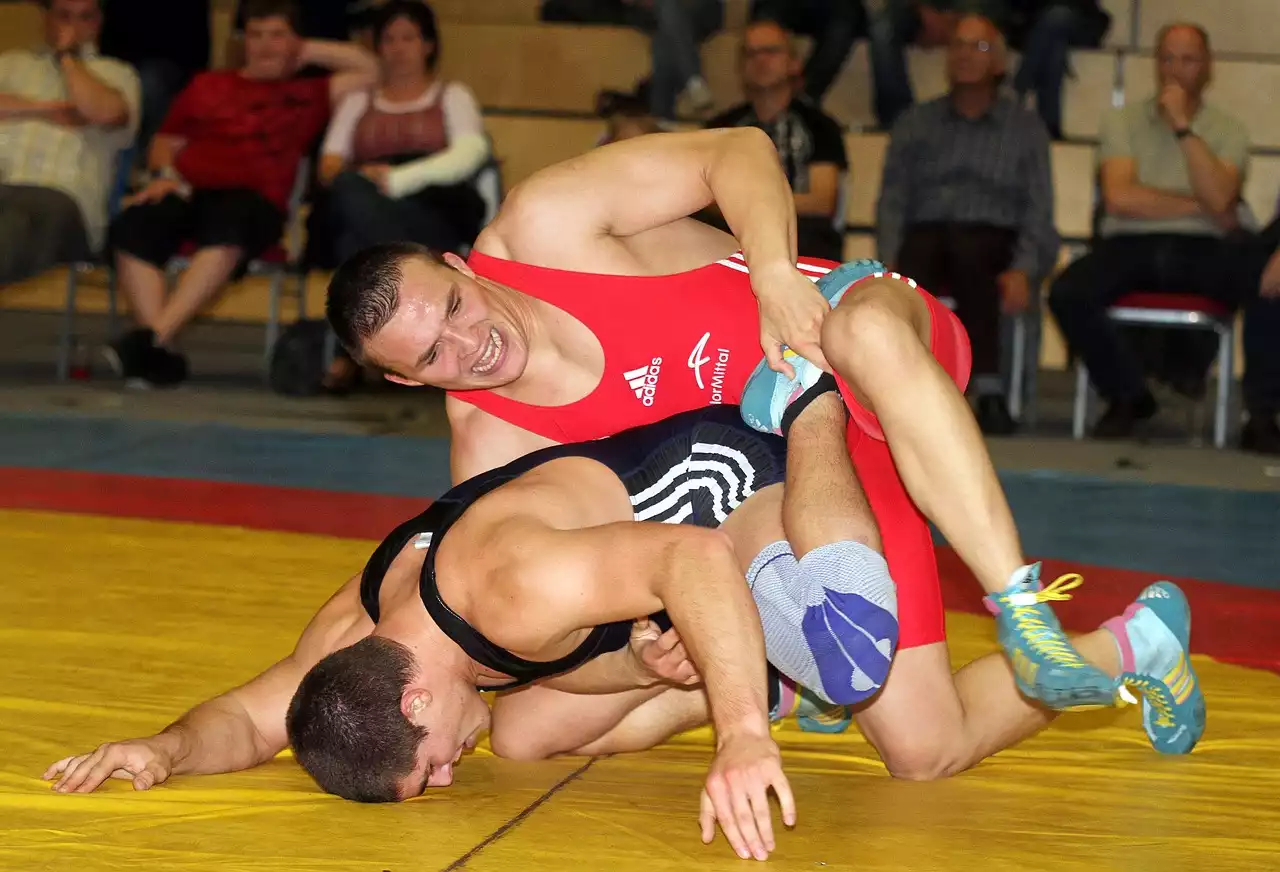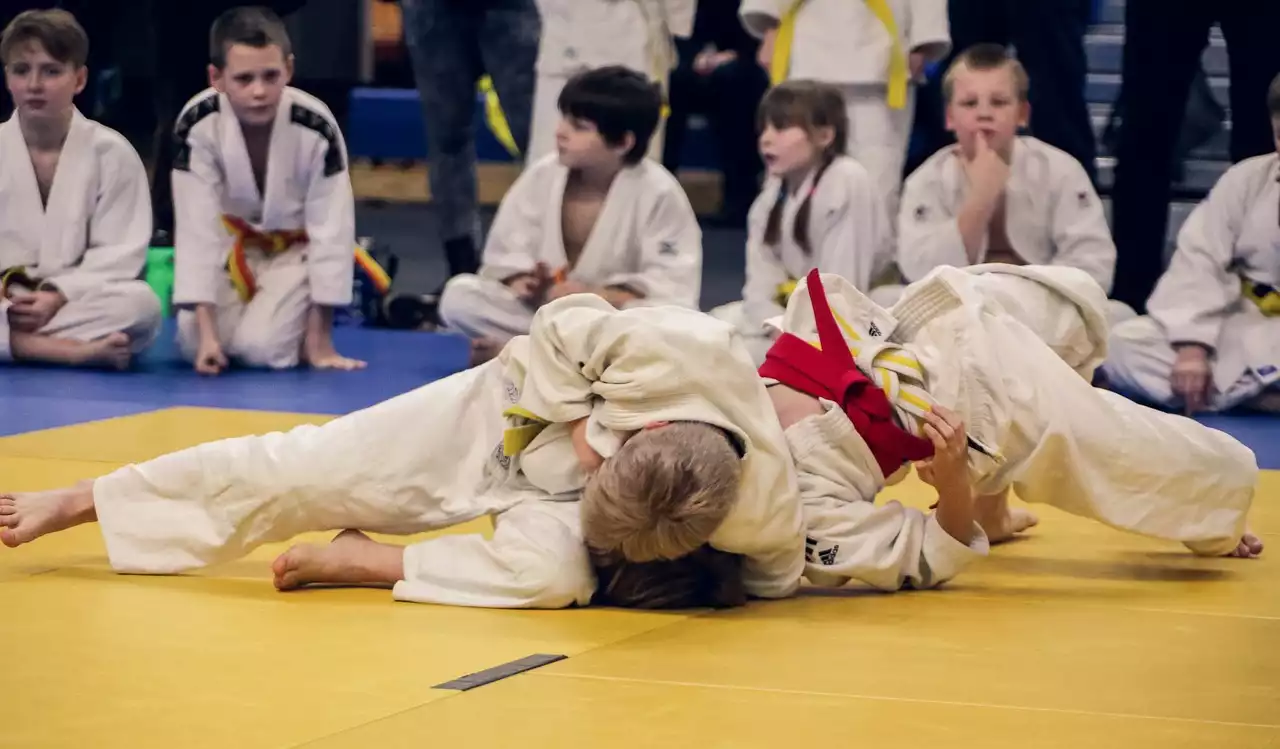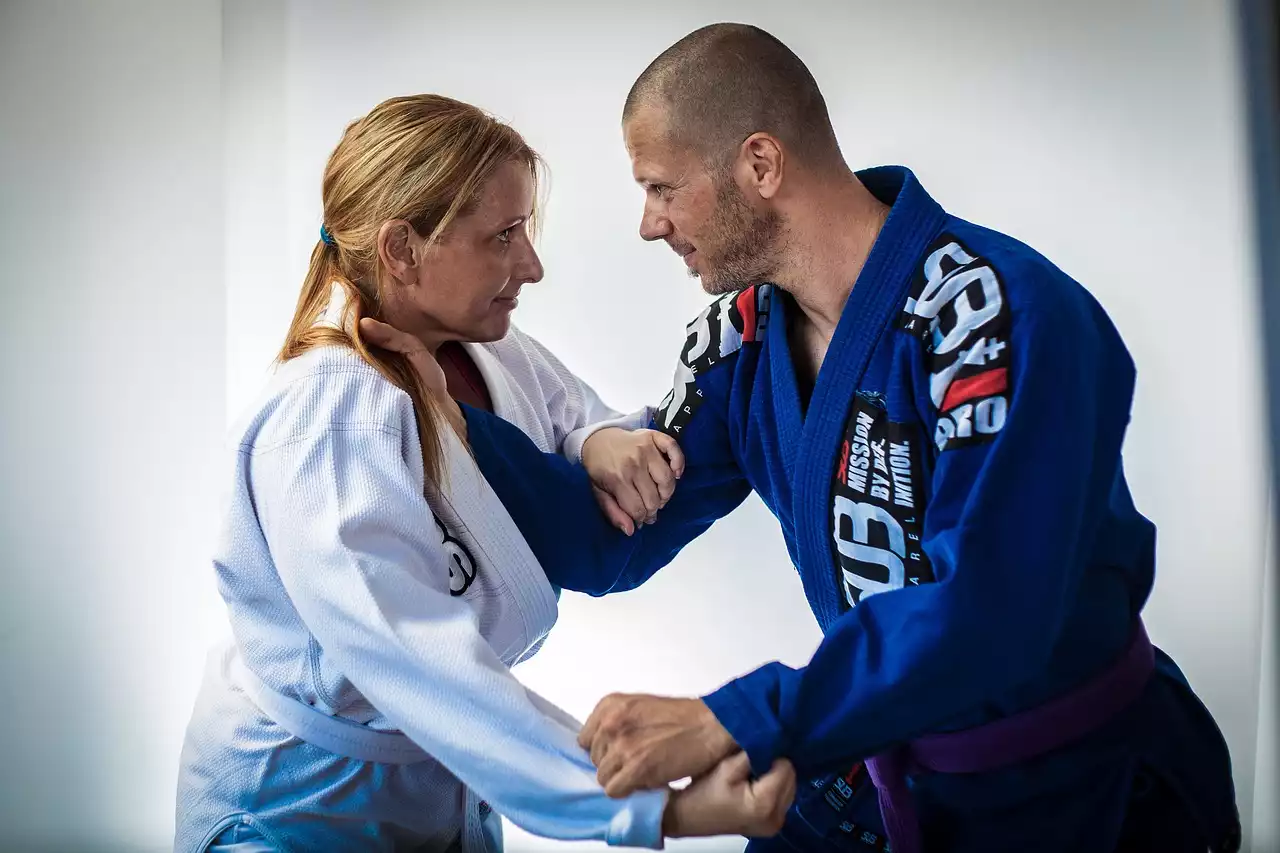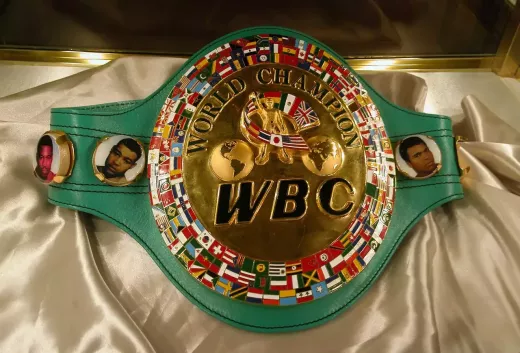The History and Origins of Sambo
Sambo, which stands for "SAMozashchita Bez Oruzhiya" or "self-defense without weapons," was developed in the Soviet Union in the 1920s. Its creation was a response to the need for a comprehensive combat system that could be used by the military and law enforcement agencies. The founders of Sambo, Viktor Spiridonov and Vasili Oshchepkov, drew inspiration from various martial arts, including judo, jujitsu, and traditional Russian wrestling.
Over the years, Sambo evolved into a sport in its own right, with its own rules and regulations. Its popularity grew in the Soviet Union and other communist countries, where it was seen as a symbol of national pride and strength. However, it remained relatively unknown outside of these regions until the late 20th century.
Sambo vs Other Combat Sports
One of the unique aspects of Sambo is its emphasis on versatility and adaptability. Unlike some other combat sports that focus on one specific area of fighting, such as striking or grappling, Sambo incorporates elements of both. It also allows for a wide range of techniques, including throws, takedowns, joint locks, and chokes.
Compared to other grappling-based sports like Brazilian Jiu-Jitsu or Judo, Sambo is known for its aggressive, fast-paced style. It places a greater emphasis on throws and takedowns, and allows competitors to use leg locks, which are banned in many other sports. This makes it a more complete and well-rounded system, as it prepares practitioners for a variety of situations and opponents.
The Benefits of Practicing Sambo
There are many benefits to practicing Sambo, both physical and mental. From a physical standpoint, Sambo is an excellent full-body workout that improves strength, endurance, and flexibility. It also enhances coordination and balance, as many of the techniques require precise timing and positioning.
Mentally, Sambo teaches discipline, focus, and perseverance. It requires practitioners to stay calm and composed under pressure, and to constantly adapt to changing situations. It also instills a sense of confidence and self-reliance, as practitioners learn to defend themselves in a variety of scenarios.
Training for Sambo - Techniques and Drills
To become proficient in Sambo, it is important to train consistently and with a variety of partners. This allows you to become comfortable with the various techniques and develop your own style. Some of the key elements of Sambo training include:
- Throws and takedowns: Sambo places a strong emphasis on throws and takedowns, as these are often the means of gaining an advantage in a match. Practitioners must learn to execute these techniques with precision and timing, and to anticipate their opponent's movements. - Submissions: Sambo allows for a wide range of submissions, including joint locks and chokes. Practitioners must learn to apply these techniques safely and effectively, while also defending against their opponents' attempts to use them. - Ground fighting: Sambo incorporates a lot of ground fighting, which requires practitioners to be comfortable in close quarters and to be able to use their entire body to control their opponent. - Drills and sparring: To improve their technique and conditioning, Sambo practitioners engage in various drills and sparring sessions. These help to simulate real-world scenarios and build muscle memory.
Sambo Competitions and Tournaments
Like many combat sports, Sambo has a competitive aspect. There are various tournaments and championships held around the world, where practitioners can test their skills against others. Some of the most prestigious events include the World Sambo Championships and the Combat Sambo World Championships.
In competition, Sambo practitioners are divided into weight classes and compete in either sport or combat Sambo. Sport Sambo is more focused on throws and submissions, while combat Sambo allows for striking and more aggressive techniques. Matches are typically three to five minutes long, and are judged based on factors such as takedowns, submissions, and control.
Famous Sambo Athletes and Their Accomplishments
Over the years, there have been many successful Sambo athletes who have made a name for themselves in the combat sports world. Some of the most notable include:
- Fedor Emelianenko: Often considered one of the greatest MMA fighters of all time, Emelianenko is a former Sambo world champion and has competed in many high-profile MMA events.
- Khabib Nurmagomedov: The current UFC lightweight champion, Nurmagomedov is an accomplished Sambo practitioner who has won numerous titles and championships.
- Aleksandr Karelin: A three-time Olympic gold medalist in Greco-Roman wrestling, Karelin also trained in Sambo and is known for his incredible strength and technique.
How Sambo is Gaining Popularity in the Combat Sports World
While Sambo has been around for almost a century, it is only in recent years that it has started to gain wider recognition in the combat sports world. This is due in part to the success of Sambo practitioners in other sports, such as MMA and grappling tournaments. It is also due to a growing interest in combat sports in general, as more people discover the physical and mental benefits of training.
Another factor contributing to Sambo's popularity is the increasing availability of training facilities and coaches. While it used to be difficult to find a Sambo gym outside of Russia and other former Soviet countries, there are now more options available in places like the United States and Europe.
Getting Started with Sambo - Finding a Gym or Coach
If you're interested in trying Sambo for yourself, the best place to start is by finding a gym or coach near you. Look for facilities that offer Sambo classes or have coaches with experience in the sport. You can also search online for Sambo associations or organizations that can help connect you with resources in your area.
When starting out, it's important to approach Sambo with an open mind and a willingness to learn. It can be a challenging and demanding sport, but the rewards are well worth it. Whether you're looking to compete at a high level or simply want to improve your fitness and self-defense skills, Sambo is a powerful and effective martial art that can help you unleash your inner warrior.
